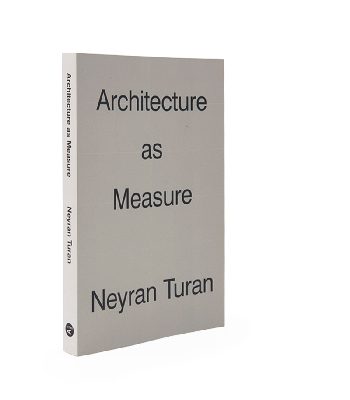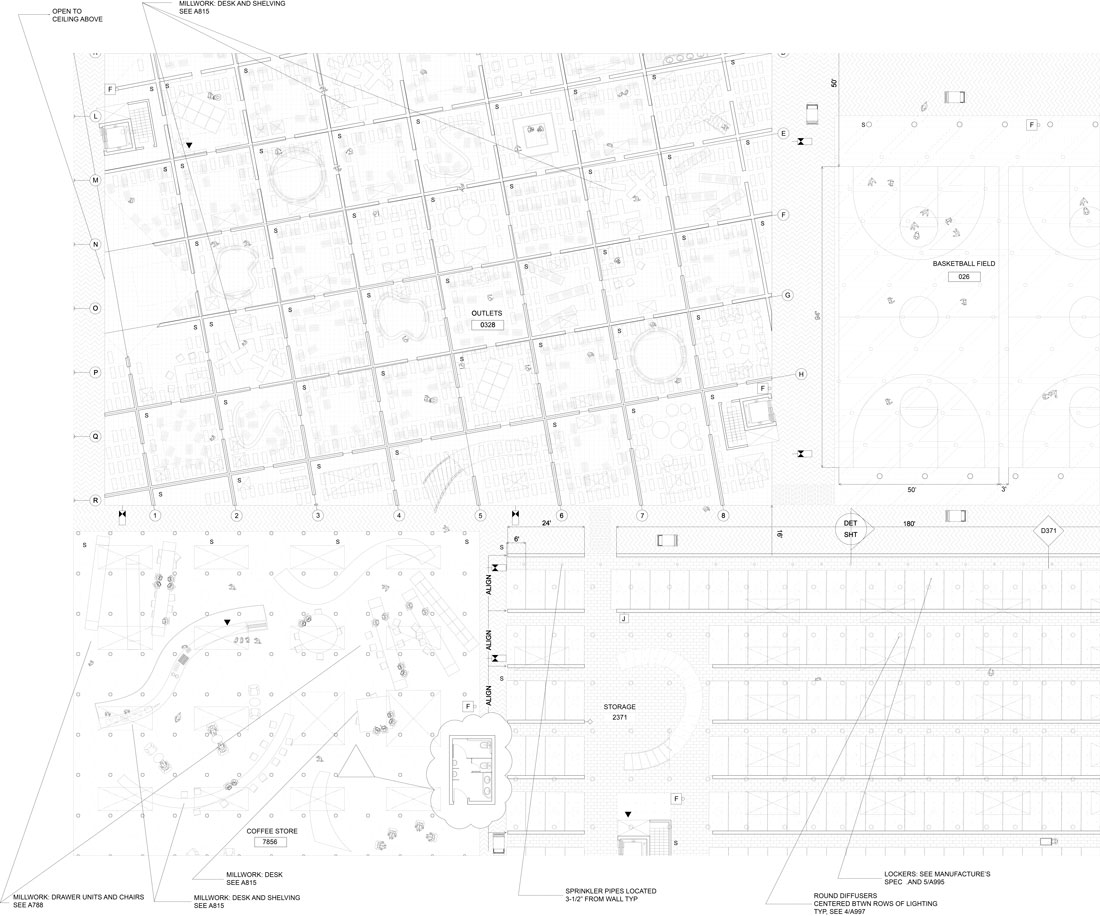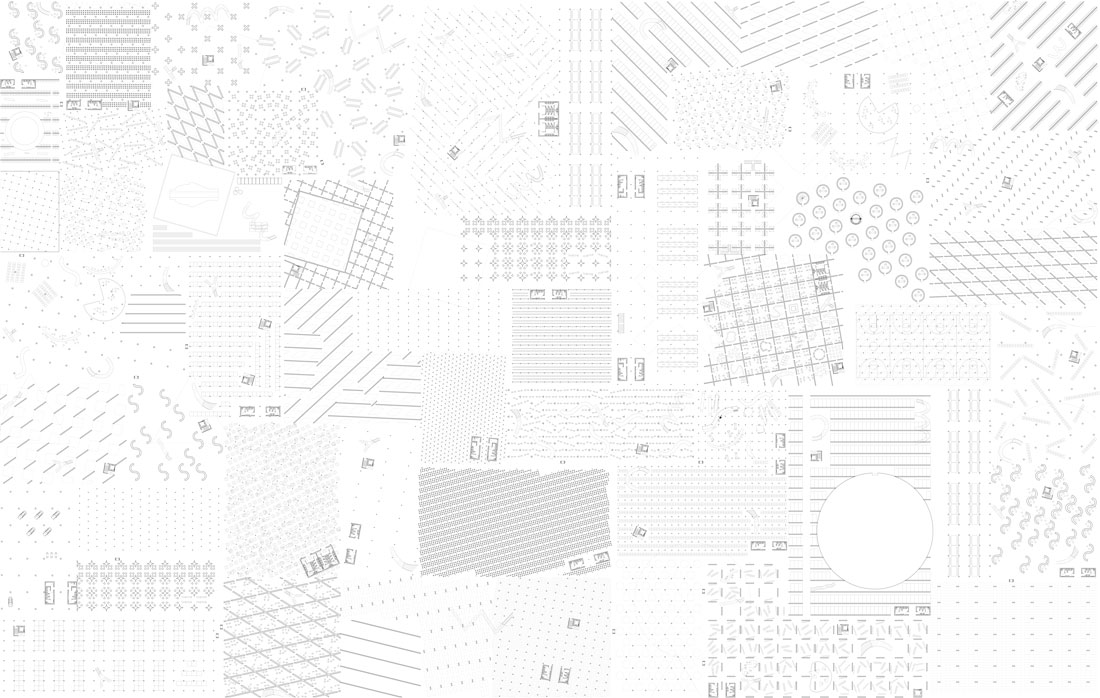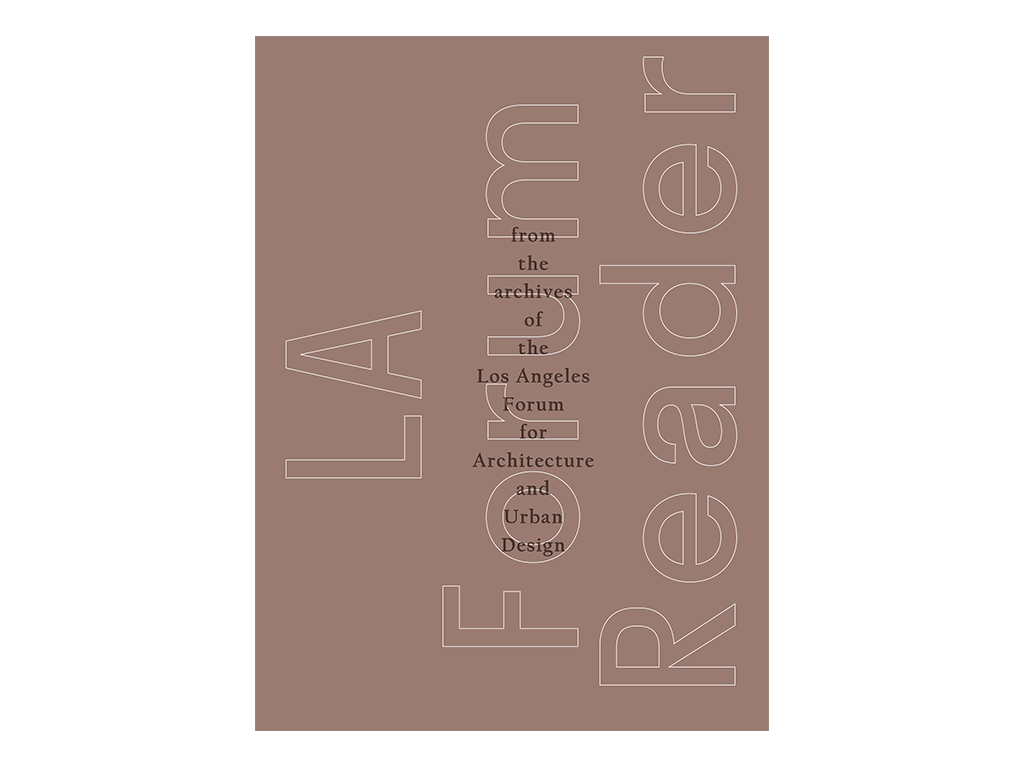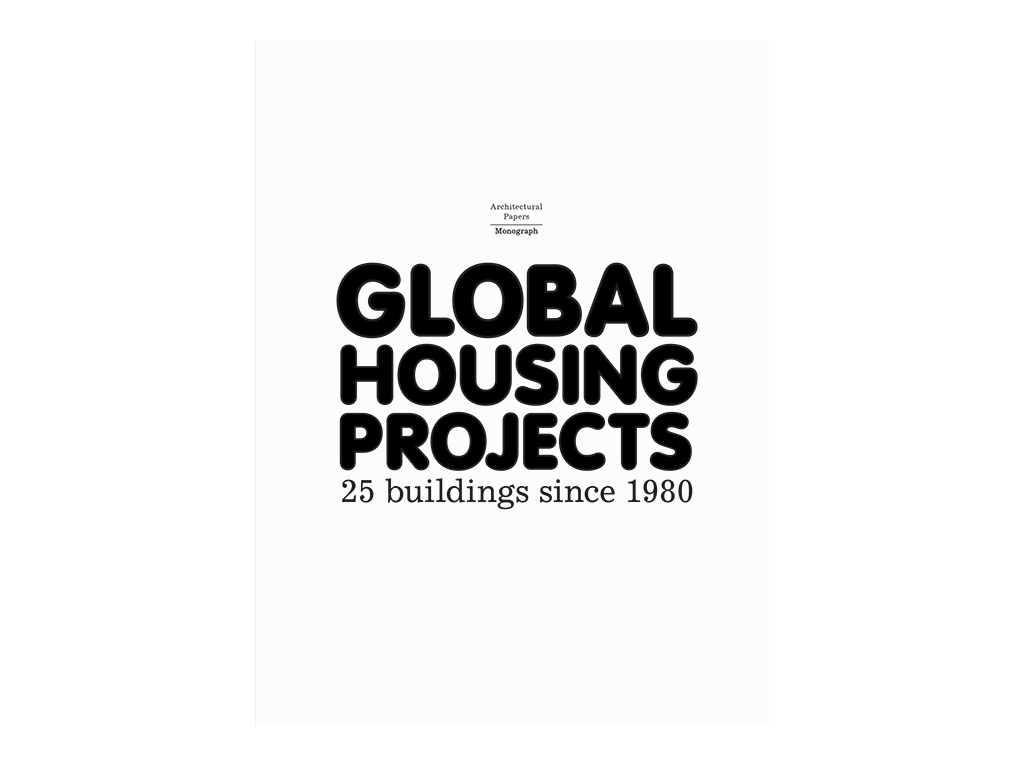Gigantic Interior
In the summer of 2014, construction was started in the Nevada desert on what was announced to be the largest building in the world when completed. With a footprint of 10 million square feet, the building was to be named the Gigafactory, a production facility to provide lithium-ion batteries for electric vehicles and home energy storage for the Tesla company.[1] With its 1.9 million square feet completed at the time of this book’s publication, the manufacturing floor of this already massive factory is a landscape for the automated workforce of machines and robots that sits within the vast desert landscape of the Tahoe Reno Industrial Center, the largest industrial park in the United States. Thinking of this colossal factory and many other giant air-conditioned interiors—of fulfilment centers, data centers, self-storage buildings and assembly plants—sited mostly in the unpopulated areas of the low-human-density hinterlands, one can contend that their interior space has swallowed the earth.
Construction of Tesla’s Gigafactory, outside of Sparks, Nevada, 2017. Courtesy of Planet Imagery.
Yet, some would question the contemporaneity of this condition and claim that the city has always been about the interior, and that we simply did not know it. They would remind us of Walter Benjamin’s prominent interpretations of nineteenth-century architectural interiors—the arcade and the domestic interior—and the relationship of these spaces with the formation and self-definition of a fin de siècle bourgeois culture. The relationship between the emergence of the domestic interior as the individualized space in the eighteenth century and the construction of the modern subject might also come up in this conversation. The dialogue might even go further to the new representational problems of the decorated interior in that era—such as the “developed surface drawing,” as beautifully discussed by Robin Evans.[2] In the end, as other references pile up, from Georg Simmel and Rem Koolhaas for the twentieth-century metropolis, to the conditioned interiors of Reyner Banham and Buckminster Fuller, the story goes that what we call “the environment” has always been about the interior.
Despite the relevance of this briefly outlined disciplinary background, however, there is definitely something unique and strange about these giant new interiors like the Tesla factory building. Floating boxes in the middle of nowhere that operate as part of the massive hinterland of global supply chains and the logistics infrastructure of a “planetary urbanization,” they are indifferent towards any form of human habitation.[3] Taking Archizoom’s No-Stop City project of 1969 as the ultimate origin of the contemporary flat-horizontal endless interiors, these interiors are seen as part of an urbanism created by relentless and homogenous spread of capital, infrastructures and ecologies. According to this formulation, the contemporary city is a vastly stretched horizontal ground of endless interiors, which are connected via flows and various forms of networks.[4]
Archizoom Associati, No-Stop City: Residential Parkings, 1971. Courtesy of Studio Andrea Branzi.
This view also resonates with the cultural ideas of “one world” and “whole earth” that emerged during the 1960s when the world was visualized for the first time as a totality following the publication of the “Earthrise” and “Blue Marble” photographs taken by Apollo 8 and Apollo 17. As exquisitely outlined by geographer Denis Cosgrove, the idea of “one world” spurred concepts of a new humanistic universality, whereas the idea of “whole earth” viewed the earth as an organic unity of terrestrial life.[5] As alluring as they may be, it is hard to think of such ideas of planetary totality—like their counterparts today—as separate from their technocratic and managerial underpinnings, however. Not surprisingly, for architecture in the 1960s, seeing the “architect as world planner,” as promoted by figures such as Constantinos A. Doxiadis and Buckminster Fuller, was as much a matter of technocratic resource management as it was architectural do-goodism.[6]
More importantly, we all know by now that it is no longer enough to theorize contemporary globalization as an absolute totality, or as flat—as either a site of universality (one world) or a single terrestrial formation (whole earth). Geographer Stuart Elden, for instance, argues that globalization cannot be theorized merely as deterritorialization with flows and networks but should be theorized more through the concept of territory, which has connotations of control and limit.[7] Similarly, in his writings, philosopher Peter Sloterdijk constructs a dual formulation to go beyond such totalities of one world or whole earth. According to Sloterdijk, similar to the formulation of one world, the “Metaphysical Globe” marked the first phase of globalization, which demarcated the idea of world-as-cosmos and spurred cosmopolitanism. Similar to the idea of whole earth, the “Terrestrial Globe” marked the second phase, with explorers’ discoveries and mapping of the earth. Finding these two globe models inappropriate for our current age, Sloterdijk instead proposes seeing our contemporary condition as one of “Global Foams,” that is, as a society of aggregate microsphere interiors or “worlds.”[8] Accordingly, instead of seeing massive interiors such as the Tesla Gigafactory as nodes of a connective totality or network, what happens if we understand them as whole worlds in themselves, and focus instead on their very particular architectural properties?
Construction specifications of Flatbed Junk, aka ground floor plan close-up view of a giant interior.
Sitting in the middle of the vast deserted landscapes of industrial parks or agriculture, these buildings can be considered in terms of their specific architectural manifestations of material accumulation. After all, they are containers of an ever-growing pile of material “stuff,” as discussed in chapter 5. However, despite the piles of material that these buildings contain—from architectural elements, to material specification, to the various scales of objects—their colossal horizontal roof surface is almost always blank. In other words, all that junk reads as mute when it is flat.
From an architectural perspective, this blankness is more of a conceptual than an aesthetic problem. Consider how the idea of horizontality is usually associated with the idea of the nonfigurative field in architecture. From Mies van der Rohe’s infinite extension of the ground to the horizon, to Ludwig Hilberseimer’s transcription of the region as a horizontal field of landscape, to Archizoom’s endless interiors, horizontality has embodied the fundamental modernist conceptions of universality, infinity and abstraction. According to Andrea Branzi of Archizoom, in an age of capitalist development, objects and floating interiors are only relevant when they are perceived on a nonfigurative agricultural field; that is, not for their “exhibitionism” and figurality, as is the case for the verticality of buildings.[9]
This last point is important, considering the nonfigurative language of Archizoom’s “city without architecture,” which has been perceived as the primitive form of contemporary investigations of the flat-horizontal city.[10] The 1990s, an era marked by a protest against postmodernist interpretations of the figure, produced a fascination with the generic and nonfigurative horizontality of global capitalist development. From mat buildings, landscape urbanism, infrastructures and mapping research, the horizontal surface was appreciated more for its organizational, managerial or programmatic attributes than for its figurative qualities. The underlying argument was that semiotic tendencies had stalled architecture’s transformational influence on reality during the 1980s and that the instrumental characteristics of the horizontal surface needed to be exploited instead of resorting to symbolic investigations. Accordingly, a sweeping tone of instrumental solutions pervaded everything, from the post-Fordist landscapes of abandoned airfields and contaminated waterfronts to obsolete landfills. For these interpretations of the horizontal, flows and processes were more important than boundaries and objects. The preferable terms were “flexibility” and “indeterminacy.” As these tendencies have recently gained impetus due to the current environmental problems, the figurative qualities of the aerial view remained an insignificant aspect of the horizontal surface in discussions of urban analyses, networks and large-scale resource management.
Flatbed Junk, 2017. Close-up view of the roof.
Territorial Canvas
A simple question might create a little twist here: Instead of using the No-Stop City project as the most primitive flat form of the nonfigurative horizontal, what happens if we take another Branzi project as a point of origin—his less well-known 1988 New York Waterfront project for the West Side of Manhattan? Submitted for an international ideas competition organized by the Municipal Art Society, Branzi’s project proposed an artificial park for the entire west bank of Manhattan, which is connected to the other large green areas of New York such as Central Park and Riverside Park. Consisting of a nine-floor-deep underground building with 11 million square metres of artificially lit and ventilated interior space, the project accommodated parking, offices, museums, stadiums, restaurants, etc. The New York Waterfront project was, of course, a deliberate choice for Manhattan, an island of vertical icons. Branzi’s polemical protest against the vertical figure was apparent in the project via his articulation of the building as a horizontal platform, which “constructs new horizontal territories that … no longer belong to the excessively exhibitionist and vertical tradition of modernity and the cathedrals or powerful symbols” as well as “the fragile myth of vertical development” represented by modern architecture and specifically by the Twin Towers in New York.[11]
Despite Branzi’s condemnation of the vertical figure, however, there was a slightly different nuance in this project. In contrast to Branzi’s other projects that focused on the horizontal field (No-Stop City, Agronica or Architectural Pine Forest, for instance), what was peculiar in the New York Waterfront was the way the project actually wrestled with the question of the horizontal figure, which it embraced and transformed through the flattening of the image. While giant graffiti murals (along with a park comprising hills, forests and lakes) were stretched horizontally on an artificial “geologic platform,” the project clearly aimed to flatten the figural into the horizontal, almost as if the large vertical billboard (or “Bill-Ding-Board”) of Robert Venturi and Denise Scott Brown’s National Football Hall (1967) project had been rotated ninety degrees. For Branzi, the platform proposed for the New York Waterfront would “become a sort of tectonic plate of a new geology upon which an artificial landscape with large figurative signs is propped.”[12]
Flatbed Junk ground plan.
This act of a ninety-degree rotation of the billboard into a territorial canvas begs the question: What happens when we start to understand the horizontal project in terms of not only its organizational and nonfigurative characteristics, but also its figurative attributes? After an era of extreme obsession with urban analyses and networks, how does one speculate about the actual image of the built horizontal? The graphic quality of the horizontal suggested by the New York Waterfront project might, in fact, reopen another conversation about the rendering of the giant interior.
The first theoretical prompt that we can extract from the question of the territorial canvas is the relationship between territory and vision. Think of the view of the massive roofs of such giant interiors as the Tesla Gigafactory from the remote screen gaze of Google Maps or a drone survey. This gaze could belong to either humans or nonhuman machines, and might or might not be picked up by human recognition. In relation to the contemporary machinic vision, artist and media theorist Hito Steyerl argues:
Contemporary perception is machinic to large degrees. The spectrum of human vision only covers a tiny part of it. Electric charges, radio waves, light pulses encoded by machines for machines are zipping by at slightly subluminal speed. Seeing is superseded by calculating probabilities. Vision loses importance and is replaced by filtering, decrypting, and pattern recognition. … [N]oise could stand in for a more general human inability to perceive technical signals unless they are processed and translated accordingly.[13]
Accordingly, as the robotic machinery drifts on the sleek surfaces of the building floor in these gigantic interiors, drones that service the pattern recognition of artificial neural networks might be roaming above. If we think about the history of the relationship between linear perspective and the construction of a privileged subject, how do we talk about the subjectivity of the nonhuman aerial view, images taken by or for machinic scanning? If the suprematist nonfigurative language of Kazimir Malevich has strong ties with the disembodied view of aerial photography and its abstraction, as argued by art historian Christina Lodder, the opposite might hold true for the disembodied screen-based surveillance of the giant interior.[14] As the photo of the material surface gets translated into the abstract data points of digital image and noise, the signal of this abstraction gains a special kind of symbolic value. In other words, the already abstracted pattern recognition of the aerial machinic view is all but about the figurative.
The second theoretical prompt that arises from the ninety-degree rotation of the billboard to a horizontal canvas is the broader set of aesthetic questions that are raised about the two-dimensional versus the three-dimensional in relation to the flat picture plane. Rather than associating horizontality directly with open-endedness, limitlessness, continuity and fluidity, we would instead start to see the horizontal dimension of the environment more in terms of its object-like qualities, or as figure fields. Interesting conversations arise, for instance, when the field slows down or even stops momentarily, or when a field is collapsed into a wall and changes its pace of repetition. John Hejduk’s Diamond House, OMA’s Agadir Convention Center, and Herzog & de Meuron’s Barcelona Forum emerged from discussions of these kinds of slowing fields and their transforming intensity, all of which have been enabled by the introduction of the notions of the limit and the object to the understanding of the field.
